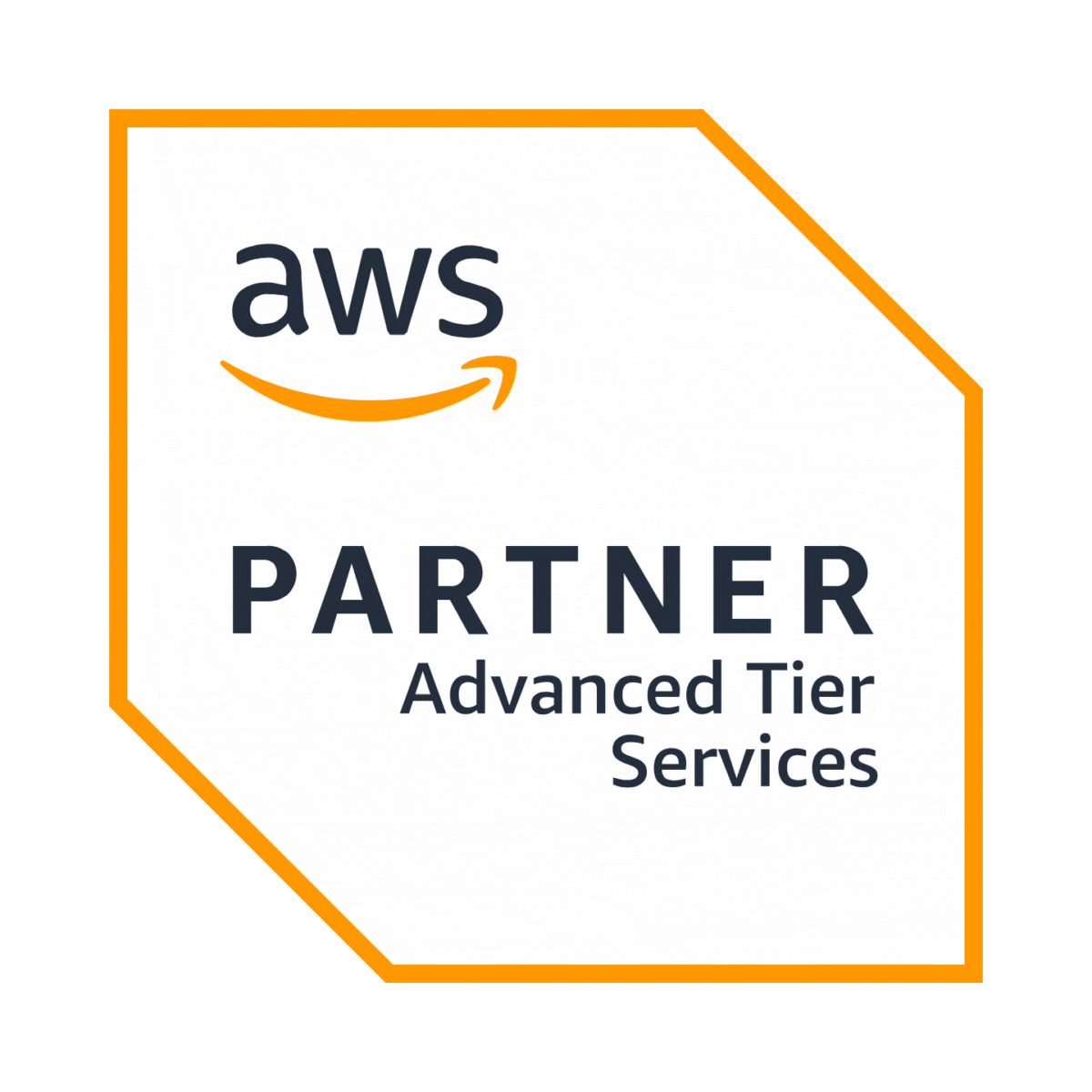In a world where businesses are driven by agility, innovation, and digital transformation, cloud technology for business is no longer a luxury; it’s a critical enabler of growth and resilience. As organizations race to modernize their operations, decision-makers are confronted with a critical question: what cloud capabilities does my business need to remain competitive and future-ready?
This comprehensive blog delves into the essential capabilities your business requires to thrive in today’s cloud-first era. From scalability to modernization, cost optimization to operational excellence, we explore how businesses can unlock the full potential of the cloud. Leveraging actionable insights, examples, and expert guidance, this blog is your roadmap to harnessing cloud technology effectively.

1. Scalability – the foundation of growth
Scalability is often considered the hallmark of cloud technology. It ensures that businesses can dynamically adjust resources in response to fluctuating demand, scaling up during periods of high traffic and scaling down during quieter times.
Why scalability is critical for your business
- Future-proof operations: Rapid growth or unexpected spikes in demand can cripple traditional systems. Scalable cloud technology ensures seamless performance.
- Cost-efficiency: Avoid over-provisioning by paying only for what you use.
- Global expansion made simple: Enter new markets quickly without infrastructure constraints.
Real-world application
A retail business experiences a 5× traffic surge during seasonal sales. With scalable cloud solutions, the company effortlessly handles the surge, avoiding downtime and customer dissatisfaction.
Partnering with a cloud migration company can help businesses transition to platforms designed for unmatched scalability.
2. Cloud modernization – revamping legacy systems
Legacy systems often act as barriers to innovation, limiting a business’s ability to adapt to modern demands. Cloud modernization breathes new life into outdated applications, enabling faster, more reliable services.
Benefits of cloud modernization
- Improved performance and reliability
- Faster release cycles and innovation velocity
- Better developer productivity and reduced technical debt
Modernization strategies
- Adopt microservices: Break monoliths into manageable components.
- Leverage serverless architectures: Reduce operational overhead and improve efficiency.
- Containerization: Use tools like Docker for consistent, portable apps.
Cloud modernization companies specialize in planning and executing smooth transitions from legacy to modern platforms.
3. Cost optimization – achieving financial efficiency
Despite the promise of savings, many businesses grapple with spiraling cloud costs. A structured approach to cost optimization can unlock significant savings and fund further innovation.

Cost optimization strategies
- Rightsizing resources: Regularly evaluate usage to eliminate waste.
- Spot and reserved instances: Use discounted pricing for non-critical or predictable workloads.
- Automation tools: Employ AI/ML-driven tools to monitor, alert, and remediate spend.
Example in action
A mid-sized enterprise reduced cloud costs by 30% by rightsizing and shifting eligible workloads to reserved instances.
Learn more about cloud cost optimization to tailor expense management without sacrificing performance.
4. Data modernization – harnessing the power of information
Data is an organization’s most valuable asset, yet many struggle to extract meaningful insight. Cloud-enabled data modernization converts raw data into actionable intelligence.
Key elements of data modernization
- Migration to cloud databases: Secure, scalable, and accessible storage.
- Advanced analytics and AI integration: Predict trends and inform decisions.
- Enhanced security and governance: Protect sensitive data and stay compliant.
Practical example
An e-commerce brand used predictive analytics on its cloud platform to identify buying trends, increasing sales by 25%.
With database modernization services, businesses can unlock the true potential of their data.
5. Operational excellence – the engine of sustained success
Operational excellence ensures cloud systems are not merely functional, but optimized for performance, reliability, and agility.
Pillars of operational excellence
- Observability and proactive monitoring
- Automated CI/CD and safe deployments
- Site reliability engineering (SRE) practices
- Security by design and continuous compliance
- Capacity planning and incident response readiness
By leveraging cloud operations management, businesses maintain agility while ensuring reliability.
Navigating the complexities – why expert guidance matters
Navigating the cloud landscape can be challenging without experienced support. Cloud consulting services provide tailored roadmaps and execution strategies for adoption and optimization.
What cloud consulting offers
- Strategic planning: Align initiatives with business goals.
- Risk mitigation: Identify and address challenges early.
- Performance optimization: Ensure every dollar invested yields measurable returns.
Partnering with a cloud consulting company helps businesses not just adopt the cloud—but thrive in it.
Practical cloud solutions for your business
Businesses that leverage these capabilities gain in growth, efficiency, and resilience. Here’s a concise roadmap:
Your step-by-step cloud strategy
- Assess and prioritize: Map business goals to cloud outcomes.
- Design for scale: Architect with elasticity, reliability, and security.
- Modernize workloads: Target high-impact apps for replatform/refactor.
- Optimize costs: Implement governance, tagging, budgets, and automation.
- Modernize data: Centralize, govern, and activate analytics/AI.
- Operationalize excellence: Establish SRE, observability, and incident playbooks.
- Upskill teams: Invest in cloud and FinOps enablement.
- Iterate continuously: Review KPIs, improve, and expand.
Each step is a critical building block in a successful cloud strategy.
Conclusion
Adopting cloud technology isn’t just about keeping up with trends—it’s about unlocking your organization’s full potential. By prioritizing scalability, modernization, cost optimization, data transformation, operational excellence, and expert consulting, your business can thrive in an increasingly competitive landscape.
As you embark on this journey, having the right partner is crucial. We specialize in delivering end-to-end cloud solutions tailored to your needs—from cost optimization to modernization—so you can harness the cloud for unparalleled success.
The future of business is in the cloud. The time to act is now.

















